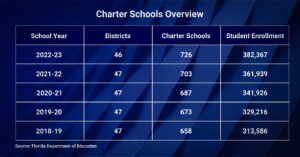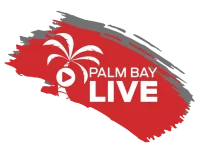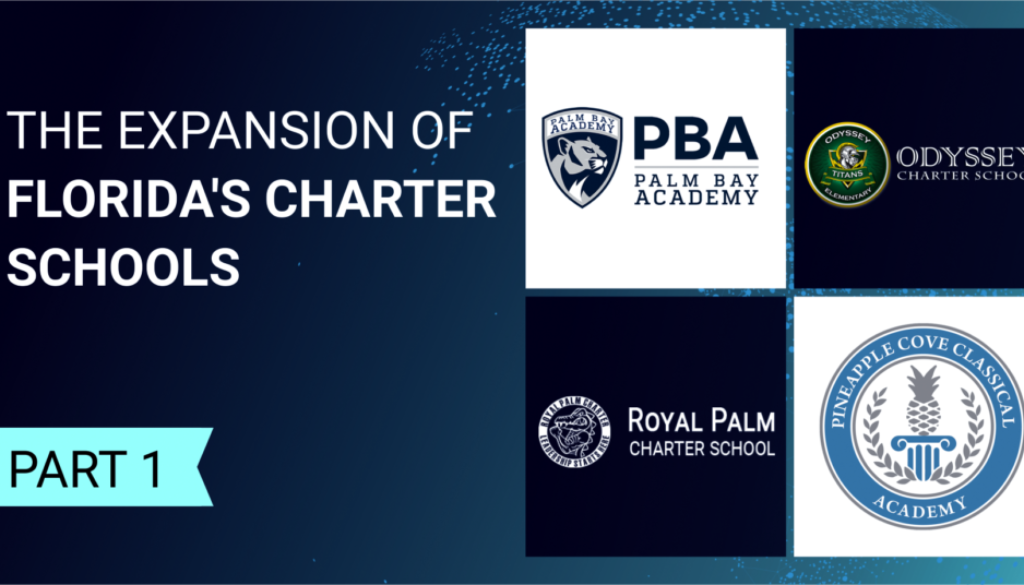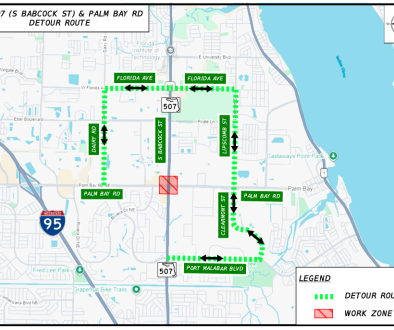The Expansion of Florida’s Charter Schools
This article is the first installment of an investigative series on charter schools by Palm Bay Live. Stay tuned for subsequent parts, where we will delve deeper into the intricacies and impact of charter schools in Florida’s education system.
The emergence of charter schools and the expansion of school vouchers are stirring significant debate and shaping the future of schooling in the Sunshine State. With Republican Governor Ron DeSantis at the helm, Florida is witnessing changes in how education is funded, where schools are situated, and who has access to these alternative educational options.
The Evolution and Impact of Charter Schools in Florida
Florida’s charter schools have become an integral part of the state’s educational framework since their inception in 1996. As of the 2022-23 school year, the Sunshine State boasts 726 charter schools across 46 districts, serving a diverse student population of over 382,367.
The student body in Florida’s charter schools is notably diverse, with 71% of students in the 2022-23 school year coming from minority backgrounds. Hispanic students represent the largest group, making up 46% of charter school enrollment, followed by African-American students at 18%.
Despite the competitive and scrutinized process reflected in the fluctuating charter school application approval rates, Florida has seen a steady increase in the number of high-performing charter schools. As of October 2023, there are 231 schools designated as high-performing.

Understanding Charter Schools
Charter schools aim to provide an alternative to the conventional public school experience, highlighting benefits like reduced class sizes and curricula that cater to specific educational needs. Their expansion is closely tied to the state’s voucher program, which enables families to allocate government funds towards private schooling options, including charter schools.
Charter schools in Florida are governed by performance contracts, known as “charters,” which are agreements between the schools’ governing bodies and their sponsoring school districts. These schools are granted operational charters, usually for up to five years, with renewals contingent on their performance outcomes.
According to the Florida Department of Education, charter schools welcome students from across their district. However, they can focus their programs on particular groups, such as students of certain ages, those at risk of dropping out, or those who fulfill specific academic criteria set by the school. Specific groups of students, including children of the school’s staff or governing board members, employees of the school’s corporate partners, and students assigned from underperforming schools, can also be given priority to attend charter schools.
Funding for Charter Schools
Charter schools receive taxpayer dollars, just like traditional schools, to cover expenses from teacher salaries to educational resources. “Charters have access to additional funding streams from the federal charter schools programs to cover start-up costs, expansions, and facilities,” explains Carol Burris, Executive Director of the Network for Public Education. “However, the original promise that charters would be free from regulation in order to innovate and provide an education at lower cost has not been met in Florida as the state’s politicians have favored the sector over public schools.”
Unlike public schools, which are overseen by elected boards, charter schools are governed by nonprofit organizations and, at times, private companies. According to Carol Burris, half of all Florida charter schools are operated by for-profit organizations, including major national chains like Academica and Charter Schools USA. Charter schools are required to report on their educational quality and financial operations to their sponsors. They risk being shut down if they do not achieve their set goals. Just like with their traditional public school counterparts, the Department of Education reviews charter schools’ performance yearly.
Florida’s charter schools receive their primary funding from the Florida Education Finance Program (FEFP) based on the number of enrolled students. Financial support for these schools encompasses a blend of state and local funds, including discretionary lottery funds and contributions from the school district’s discretionary millage levy.
In addition to state funding, charter schools may be eligible for capital outlay funding, which can be crucial for securing facilities and initiating operations. This funding can come from both state and federal sources and provides financial support for the establishment and expansion of charter school facilities.
Furthermore, charter schools can benefit from voter-approved local tax referendums, which allocate funds for specific purposes such as campus security expenses and teacher compensation. These referendums, approved by voters in various counties, signify a community commitment to supporting public education initiatives.
Recent legal rulings and legislative measures have further clarified the funding landscape for charter schools in Florida. Courts have mandated that school districts share tax revenue generated by voter-approved referendums with charter schools, ensuring equitable distribution of funds. Additionally, state legislation passed in 2019 specifies that charter schools should receive a proportionate share of property tax dollars for operational needs.
To qualify for capital outlay funding, charter schools must meet specific criteria outlined in state statutes. This includes factors such as being in operation for a minimum of two years, having a governing board established in the state for the same duration, and demonstrating financial stability through annual audits that meet specified standards.





May 23, 2024 @ 9:46 pm
This second sentence of this paragraph is incorrect.
“ Charter schools aim to provide an alternative to the conventional public school experience, highlighting benefits like reduced class sizes and curricula that cater to specific educational needs. Their expansion is closely tied to the state’s voucher program, which enables families to allocate government funds towards private schooling options, including charter schools.”
The Charter school funding is same as public school funding FEFP, it is not closely tied to the state’s voucher program. It is true that voucher programs enable some families to allocate government funds towards private schooling options, but charter schools are not private schools. They are considered public schools.
It is important to get this right as many parents applying for scholarships (vouchers) wrongly think they can attend a charter school and still be eligible for a Family Empowerment Scholarship (FES) at the same time, and they end up violating the law by being enrolled in a charter school, and also accepting and FES scholarship. They do this thinking charter schools are private schools and that they are eligible for additional funding through the scholarship, especially true for FES for Unique Abilities. Please don’t contribute to this mix up.
Charter schools are considered public schools and are funded via FEFP. They are governed differently than a traditional public school, but they are not a private school, they are a form of public school and this needs to made clear to those considering using scholarships/vouchers. Parents with kids with unique abilities (special needs) often need extra money for tutoring, specialized services, etc. for their child. Too often some are misled to think they can attend a charter school and then also receive funding from an FES-UA scholarship. Because charter schools are public schools, this is not allowed and is considered “double dipping.” This also happens for parents of public students. Better education on the scholarships/vouchers is needed. To use an FES-UA scholarship, one has to no longer attend public school and either homeschool or attend a private school.